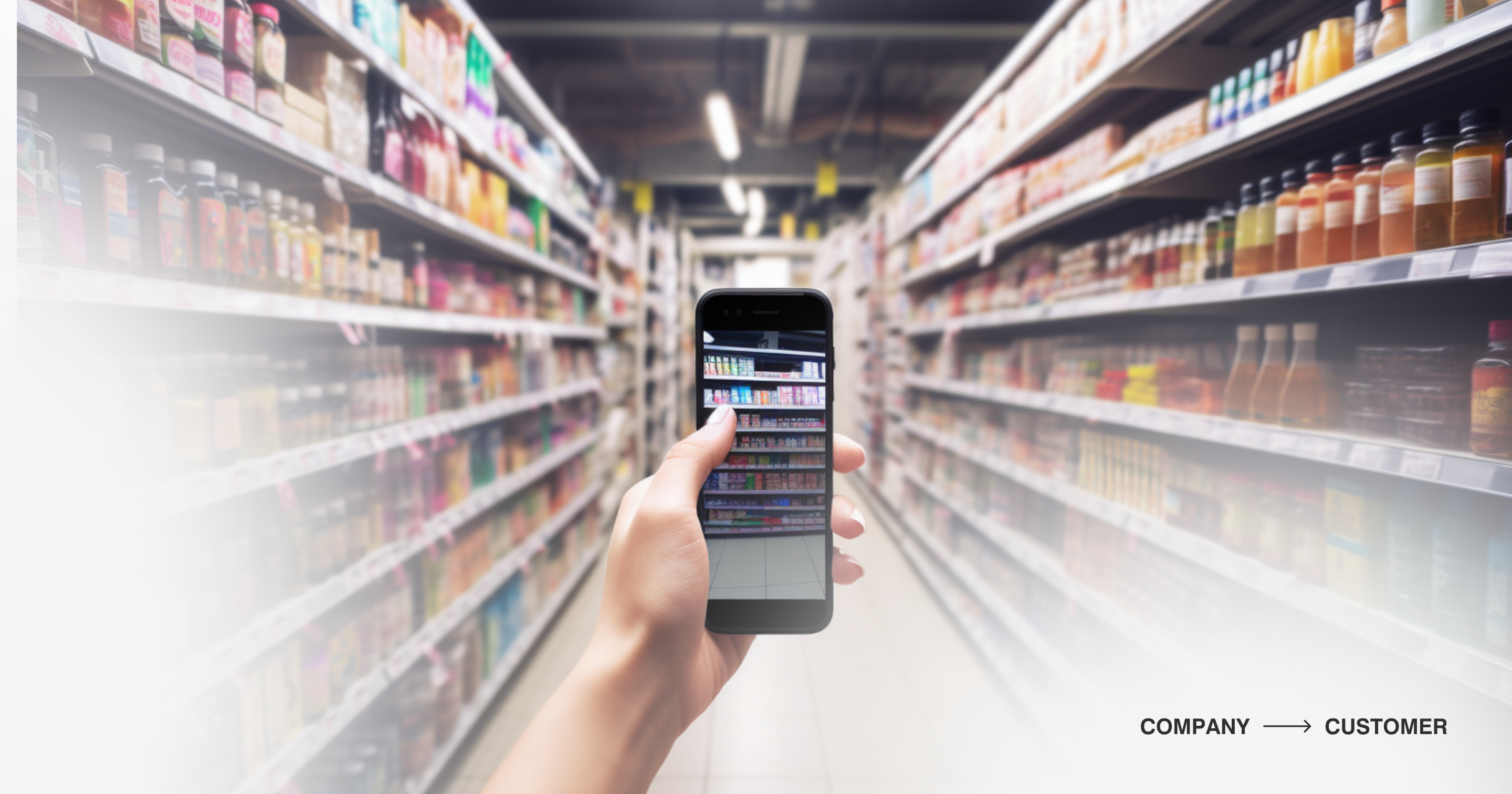Understanding the challenges
Various challenges influence the dynamic between employees and customers:
| Challenges that impact employees | Challenges that impact customers |
| Economic strain: Rising living costs and high turnover eat away employees' earnings and morale, making it difficult to foster engagement and a sense of stability. |
Price and availability concerns: Customers are price-sensitive, favoring value-based spending, and become frustrated by frequent price changes and low stock levels. |
| Shift in values: Younger employees seek meaningful work – a challenge for companies. To retain talent, actively demonstrate how their roles align with your mission. |
New demands and dissatisfaction: Customers now demand more than just products. Train your staff to understand ethical values and manage expectations to build customer loyalty. |
| Tech adoption: Tech adoption sparks employee anxiety over job security, worsened by insufficient training. | Digital service need: Customers expect seamless AI/VR shopping, but struggle with online service flaws. |
| Operational inefficiencies: Employees need versatile skills for various sales platforms, facing both competitive job market pressures and direct customer frustrations. | Inefficient service: Customers expect a smooth transition between online and in-store shopping but often face challenges with untrained staff and inefficient self-service. |
The costs of poor employee-customer relationship
The challenges in the retail sector impact more than just revenue:
Who owns the employee-customer relationship?
Ownership of this key connection is a shared responsibility that requires a cohesive approach:

Heading for a strategic reset
Recommendations for improvement
Adding a human touch to the customer journey can turn one-time shoppers into loyal fans but retailers must support the frontline when it counts. Here are five recommendations for retail leaders to revamp the employee-customer relationship:
1 Start with communication
Enhancing engagement through interactive, social media-like channels can significantly impact retention; 53% of employees say they'd stay longer if valued. Communication tailored to employee roles fosters a culture of appreciation and can directly translate to a more motivated workforce and happier customers.
2 Embrace new technologies wisely
Adopt technology that adds value without overburdening frontline staff. The focus should be on solutions that streamline operations and enhance customer service, without creating extra workload or stress for employees.
3 Real-time feedback loop
Create a seamless, real-time feedback system for frontline staff to quickly pinpoint and tackle customer service issues. Encourage feedback from users in a minimally intrusive way that's easy and clearly beneficial to them.
4 Rethink self-service
Integrate self-service options like frictionless checkouts, favored by 80% of in-store shoppers for a more efficient checkout experience, without sidelining personal customer service. This will streamline transactions while also freeing up employees to provide a more personalized service, enhancing the overall shopping experience.
5 Align resources with customer preferences
Tailor customer journeys using insights from shopping habits and demographics. For instance, given that 71% of over 55s prefer in-person shopping, retail companies could enhance their in-store experience by offering more personalized service or opening additional checkouts during peak footfall hours. This approach, informed by Statista's findings, ensures strategies meet specific needs.
About Relesys
Established in 2014, Relesys is a trailblazer in retail technology, creating customized Communication & Performance solutions for some of the biggest global retail brands. Our platform offers seamless integration of internal communication, performance management, gamification, and training, uniquely tailored for each client. Serving giants like Salling Group, Specsavers, and Mercedes, we empower over 17,000 stores across 84 countries in 21 languages. Headquartered in Copenhagen, Denmark, our team of specialists is committed to innovating the retail experience, championing efficiency and engagement in every frontline worker’s role.
Sources
Waitwhile, "Employee Sentiment Report: Retail (2023)," Mar 13, 2023. (1)
Forbes, "Three Reasons Bad Reviews Can Be Good For Business," Jun 9, 2021. (2)
Zendesk, "Zendesk CustomerExperience TrendsReport 2020". (3)
qualtricsXM, "$3.7 Trillion of 2024 Global Sales are at Risk Due to Bad Customer Experiences," Feb 1, 2024. (4)
Harvard Business Review, "The Value of Keeping the Right Customers," Oct 29, 2014. (5)
Workplace by Meta, "Work Motivation: 7 ways to motivate employees". (6)
McKinsey & Company, "What is digital transformation?," Jun 14, 2023. (7)
Harvard Business Review, "To Get Better Customer Data, Build Feedback Loops into Your Products," Jul 11, 2023. (8)
PYMNTS, "Today's Self-Service Shopping Journey," Sep, 2021. (9)
Statista, "Preferred channels for purchasing retail items among consumers in the United States as of 2nd quarter 2021, by age group," Jun 14, 2022 (10)
Contains discreet data and assertions sourced from Relesys








